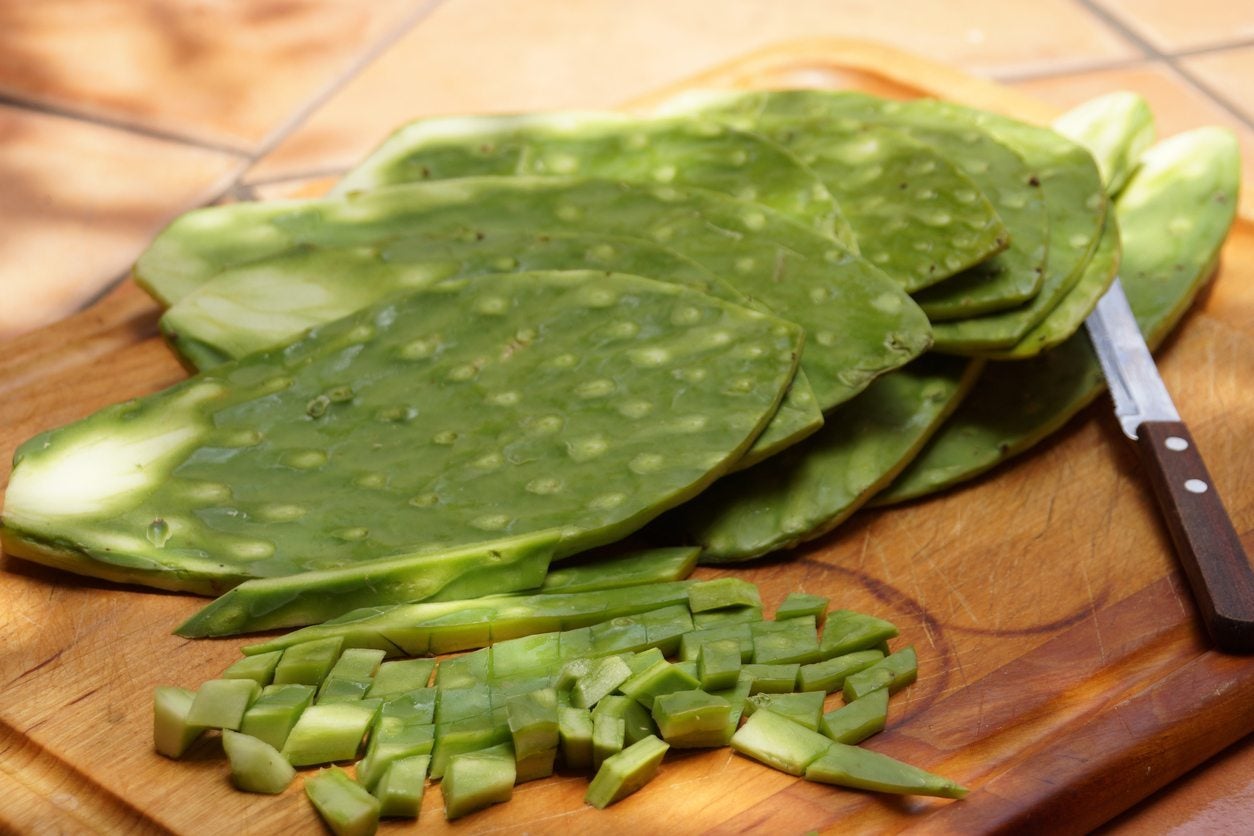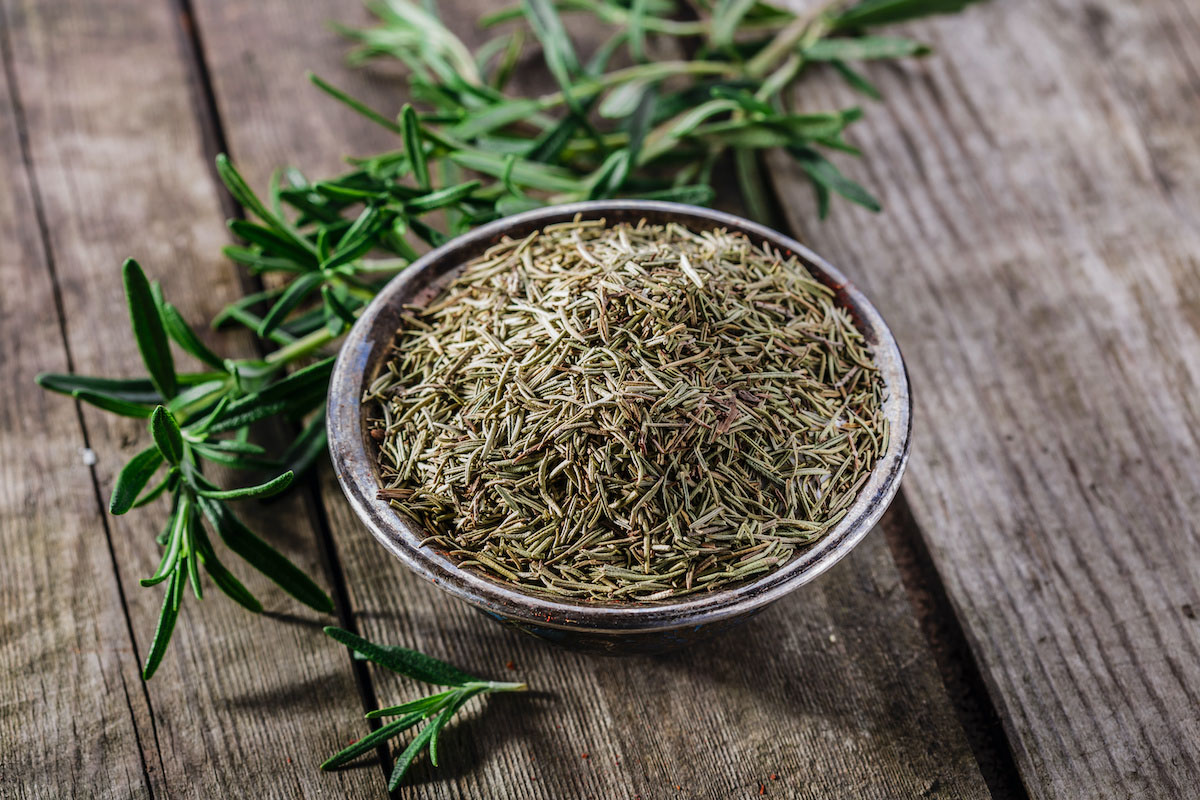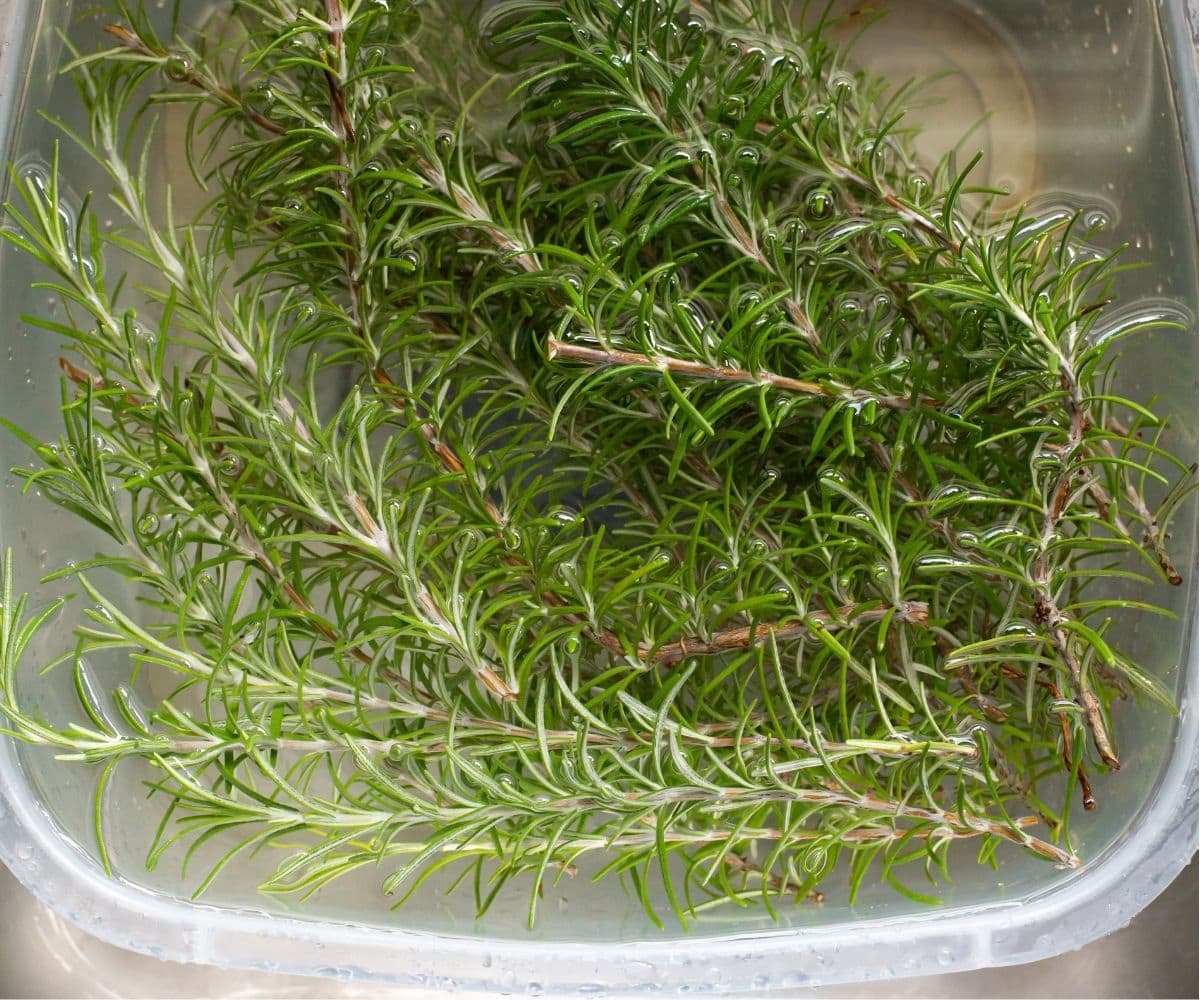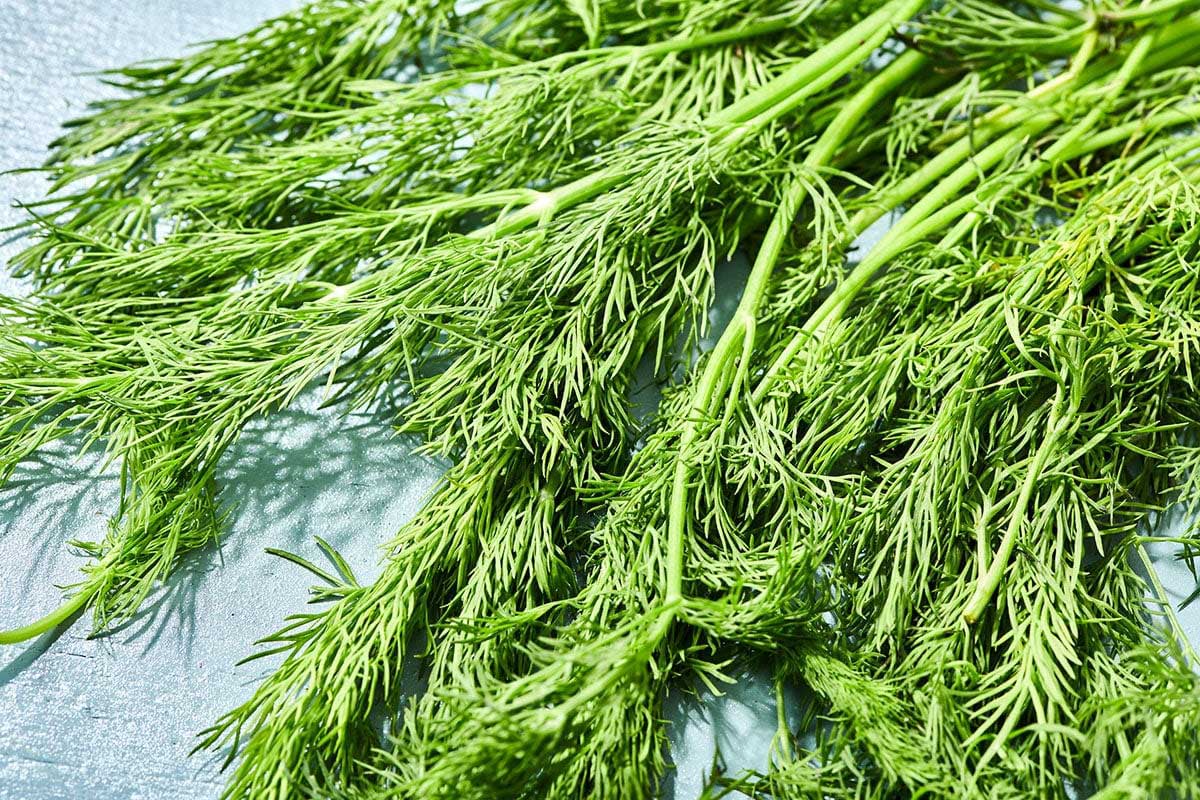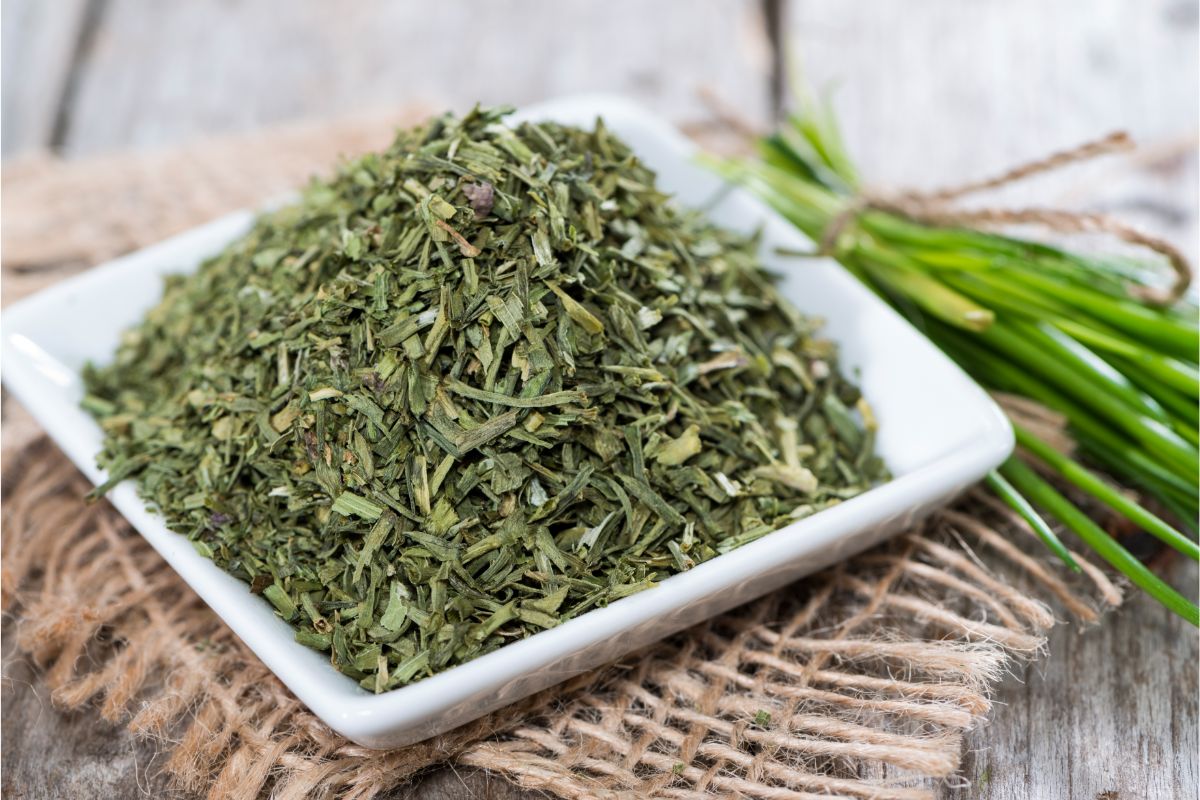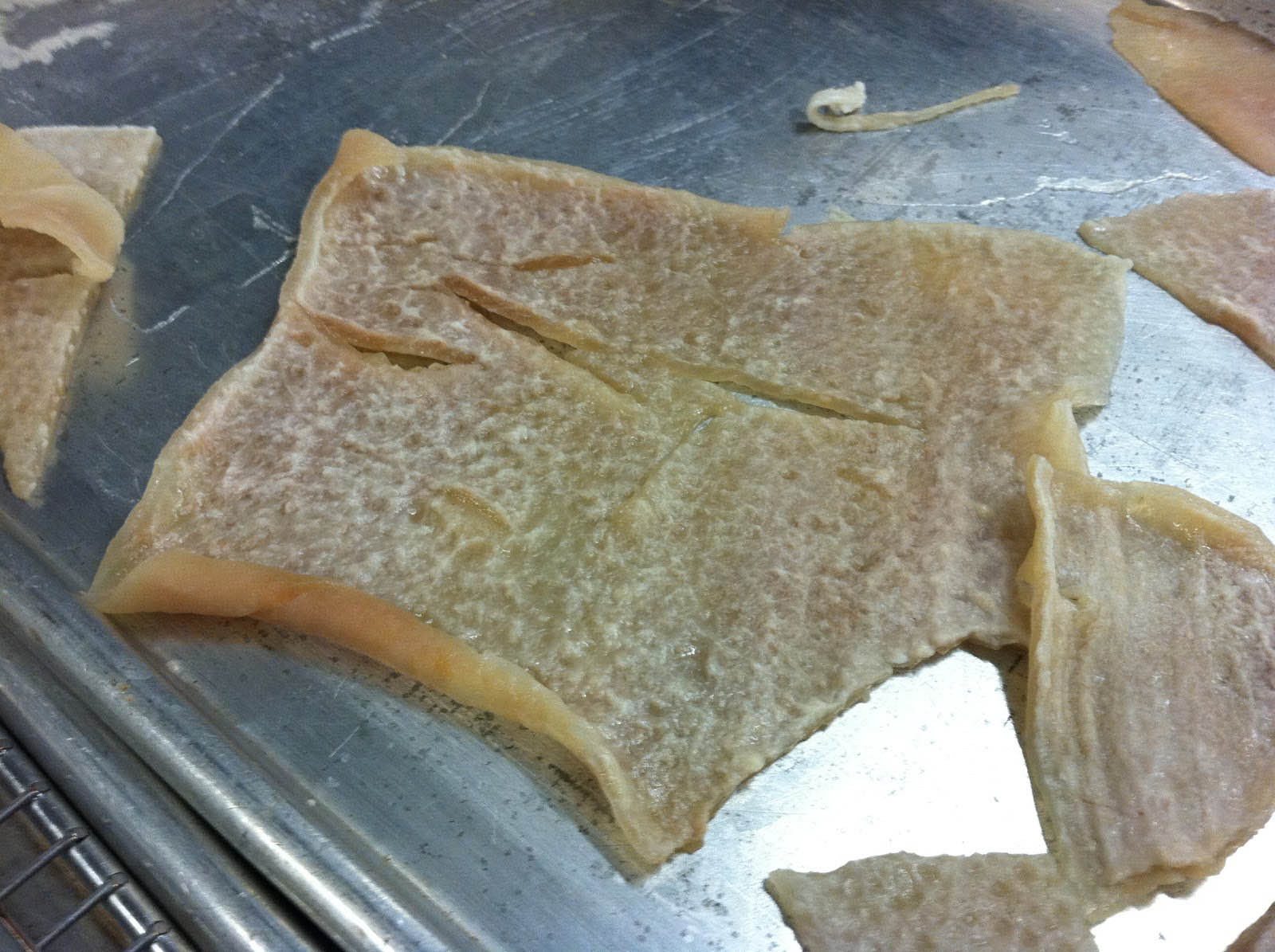Dehydrating Sage: A Step-by-Step Guide
Dehydrating sage is a simple and effective way to preserve this flavorful herb for future use. Whether you have an abundance of fresh sage from your garden or you simply want to take advantage of a great deal at the grocery store, dehydrating sage allows you to enjoy its unique taste and aroma all year round. In this guide, we’ll walk you through the process of dehydrating sage so that you can easily incorporate it into your favorite dishes.
What You’ll Need
Before you begin dehydrating sage, gather the following supplies:
- Fresh sage leaves
- Dehydrator
- Sharp knife or scissors
- Large bowl
- Patience
Step 1: Prepare the Sage
Start by washing the fresh sage leaves thoroughly under cold water to remove any dirt or debris. Once clean, pat the leaves dry with a paper towel. Next, carefully remove the leaves from the stems using a sharp knife or scissors. Discard any damaged or discolored leaves.
Step 2: Arrange the Sage
Spread the sage leaves out in a single layer on the dehydrator trays, ensuring that there is space between each leaf. This will allow for proper air circulation and even drying.
Step 3: Set the Temperature
Consult your dehydrator’s manual for specific guidelines, but in general, set the temperature to around 95°F to 115°F (35°C to 46°C) for drying herbs. Sage can be sensitive to high temperatures, so it’s important to use a low setting to preserve its flavor and color.
Step 4: Dry the Sage
Place the trays in the dehydrator and allow the sage to dry for approximately 4 to 6 hours. Check the progress periodically, as drying times may vary based on the humidity levels in your environment and the moisture content of the sage leaves.
Step 5: Test for Dryness
To determine if the sage is fully dehydrated, carefully remove a leaf from the dehydrator and allow it to cool to room temperature. Once cooled, the leaf should feel dry and brittle to the touch. If there is any hint of moisture, return the trays to the dehydrator and continue drying, checking every 30 minutes until the desired dryness is achieved.
Step 6: Store the Dehydrated Sage
Once the sage is fully dehydrated, allow it to cool completely before transferring it to an airtight container. Store the container in a cool, dark place to protect the sage from light and heat, which can degrade its flavor over time. Properly stored, dehydrated sage can last for up to a year while still retaining its flavor and aroma.
Using Dehydrated Sage
Dehydrated sage can be used in a variety of culinary applications. Whether you’re seasoning roasted meats, adding depth to soups and stews, or infusing oils and vinegars, dehydrated sage brings a delightful earthy flavor to your dishes. Simply crumble the dried leaves between your fingers to release their aromatic oils before adding them to your recipes.
Now that you know how to dehydrate sage, you can enjoy this versatile herb in your favorite dishes throughout the year. Experiment with different recipes and discover the unique ways that dehydrated sage can enhance your culinary creations.
Happy dehydrating!
For those looking to make the most of their dehydrated sage, there are several recipes worth trying. They could start with Sage and Sausage Stuffing, a classic dish that brings out the herb's earthy flavor. For a touch of elegance, Sage and Mushroom Risotto offers a rich and creamy experience, perfect for a dinner party. If they're in the mood for comfort food, Sage and Cheddar Biscuits are a must-try, combining the savory taste of sage with the sharpness of cheddar. And for a warming meal, Pumpkin Sage Soup is a hearty, flavorful option that's ideal for colder days. These recipes not only showcase the versatility of sage but also highlight its ability to transform simple ingredients into something special.
Was this page helpful?
Read Next: How To Dehydrate Fish In Dehydrator

